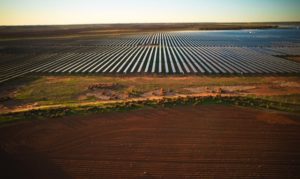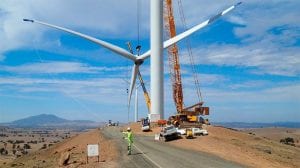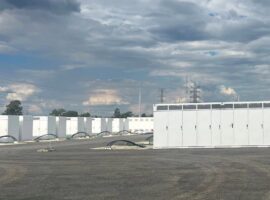Queensland has nearly 2GW of rooftop solar installed across the state -– more capacity than any of its coal generators – and the value of that resource has been highlighted by an Australian Energy Market Operator assessment of a recent heatwave that hit the state.
We noted previously, in this story, how Queensland benefited from rooftop solar in the unprecedented heatwave, as coal generators faltered in the heat and the market operator had to turn to jet fuel to meet record demand.
The AEMO assessment, presented in its EnergyLive reports, highlights just how significantly rooftop solar reduced peak demand, and pushed it to later in the afternoon over the whole week of the heatwave.
Mike Davidson, AEMO’s head of operational forecasting, described the week-long heat wave as a “remarkable event”, and when state-wide average maximum temperatures averaged more than 40°C on two consecutive days.
“Prior to this event there had only been two days on record in February where the Queensland state-wide average maximum temperature had exceeded 40 °C – once in 1935 and once last year,” he said.
The impact of this was a week of records broken on peak demand.
“The previous record operational (or grid) demand for Queensland was 9,412MW set in January 2017,” he said.
“We saw this record literally being smashed every day during the ‘heat event’, and the new record now is 9,796MW.
“This is an increase of nearly 400MW, and to put that into perspective, is roughly the energy required to power a mid-sized town of 150,000 customers. If temperatures had reached what had originally been forecast, we would have seen even higher demand.
“The chart shows that (the) five days from 12 February to 16 February 2018 exceeded the previous operational demand record set last year. And when you add in roof-top solar generation to the operational demand, you can see that customer demand was even higher still.”
Indeed that rooftop solar clipped the peaks by up to 585MW on February 15, and more than 400MW on all the other days.
Imagine if it wasn’t there – and how much more jet fuel would have had to have been burned, and how much that would have cost.
Davidson says that growth in solar generation, from both rooftop PV and large grid-connected solar farms, is expected to be “quite phenomenal” over the next couple of years, in Queensland in particular.
“So the impact of weather is only going to become increasingly important in the years to come,” he said. At least in a heatwave, as NSW found to its considerable benefit in its heat wave last year, solar is a resource they can depend upon that won’t melt in the heat.











